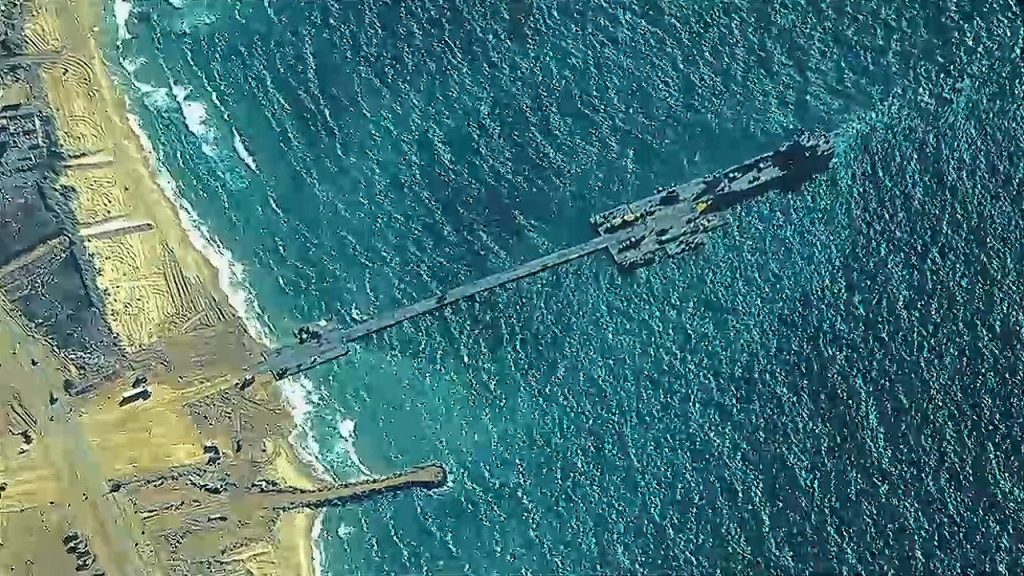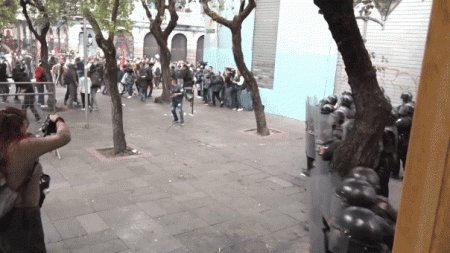A U.S.-built pier has been put in place to bring humanitarian aid to Gaza by sea in hopes of reaching starving Palestinians. However, the success of this new route remains uncertain as trucks will face intensified fighting, threats from Hamas, and uncertainty about the safety of aid convoys from Israeli forces. Despite the completion of the temporary floating pier, a steady stream of aid is needed to address the growing humanitarian crisis in Gaza.
Even if the sea route performs as planned, it will only bring a fraction of the aid needed to the embattled enclave. American and international officials acknowledge that while the sea route may help alleviate some of the suffering in Gaza, it will not end the crisis entirely. With plans to start with about 90 truckloads of aid per day, the aim is to quickly increase deliveries to around 150 trucks daily. However, Gaza requires more than 500 truckloads daily to address food and water shortages among its population.
The ongoing conflict between Israel and Hamas has led to restrictions on land border crossings, hindering the delivery of essential supplies to Gaza. International experts warn that all of Gaza’s 2.3 million residents are experiencing acute food insecurity, with over 1 million facing catastrophic levels. The dire situation underscores the urgency of reaching a cease-fire to provide life-saving treatments for those most affected, particularly children.
Operational challenges remain for the sea route, including concerns about Israeli military involvement and ensuring safe distribution of aid by humanitarian organizations. While the U.N. World Food Program is expected to take charge of aid once it arrives, questions persist about operating conditions in Gaza. Aid workers continue to face security threats, making negotiations with the Israeli military essential to ensure their safety and security.
Efforts to improve access to Gaza are ongoing, with U.S. President Joe Biden’s administration, the U.N., and aid groups urging Israel to allow more aid through land crossings. The need for coordination between Israeli forces and aid organizations to prevent attacks on humanitarian workers is highlighted as key to addressing the crisis. While the floating pier is a partial solution, access by land is seen as crucial to reach those most in need in Gaza.
Israel maintains that it does not place limits on humanitarian aid entry, blaming delays in distribution on the U.N. Instead, ongoing fighting and security conditions have hindered the delivery of goods into Gaza. Recent efforts to open more crossings to deliver aid in northern Gaza have been disrupted by attacks from Hamas. Addressing these challenges and ensuring safe, timely aid delivery remains a pressing issue for all parties involved in the humanitarian response in Gaza.













